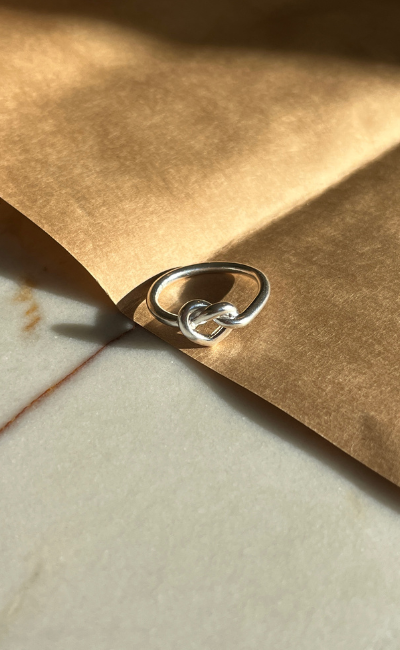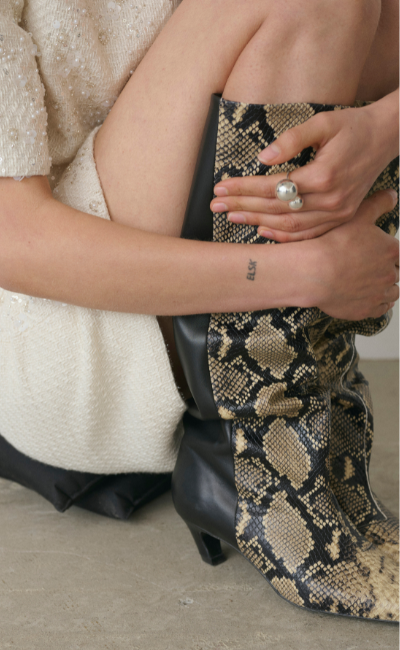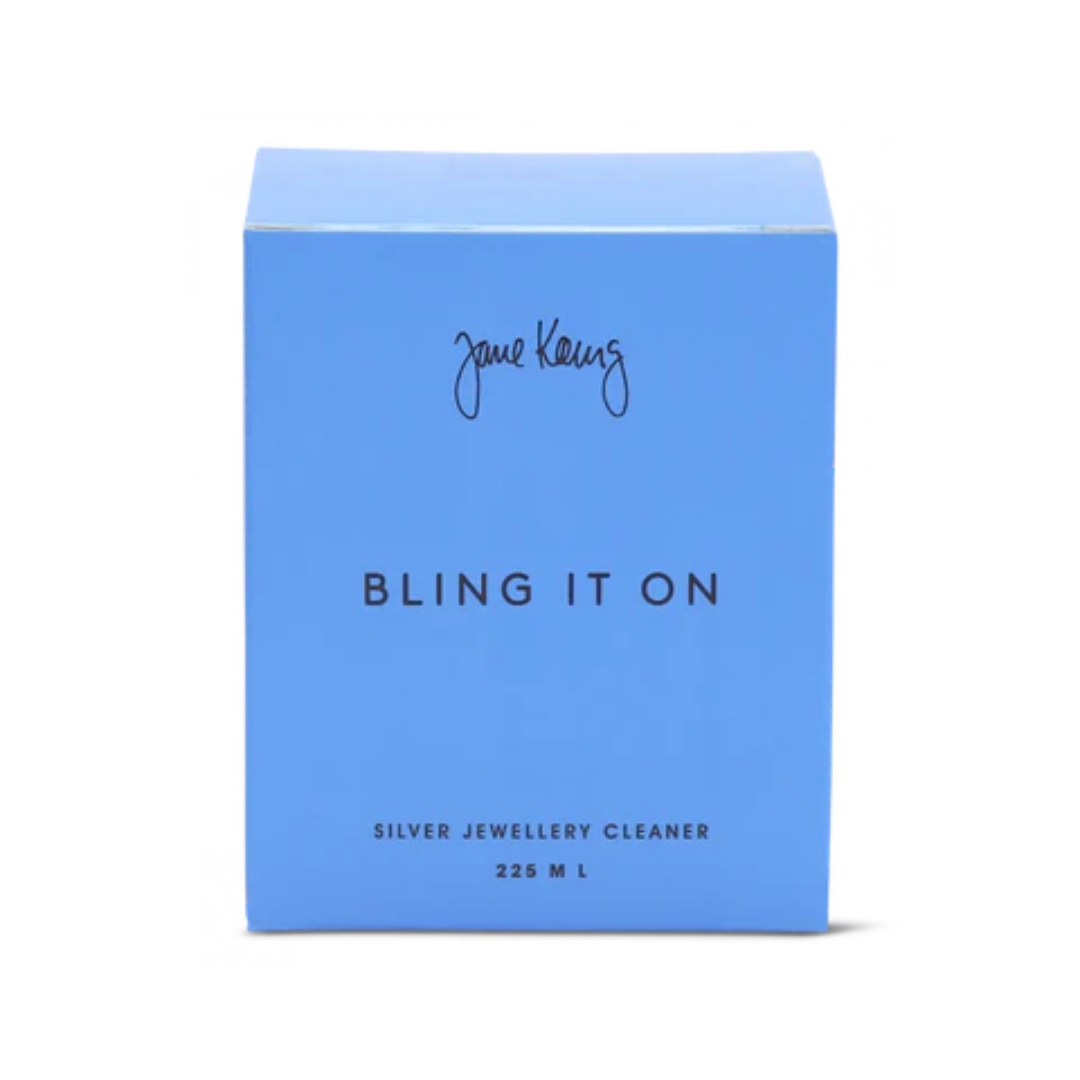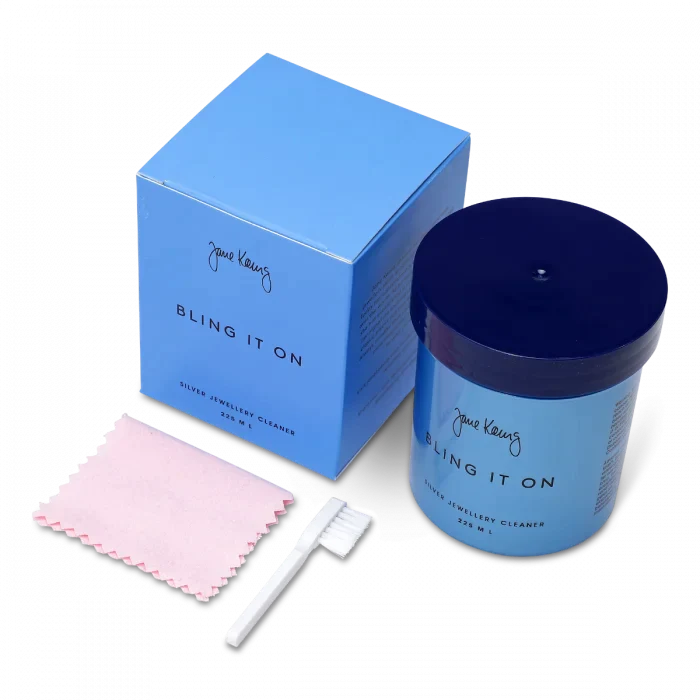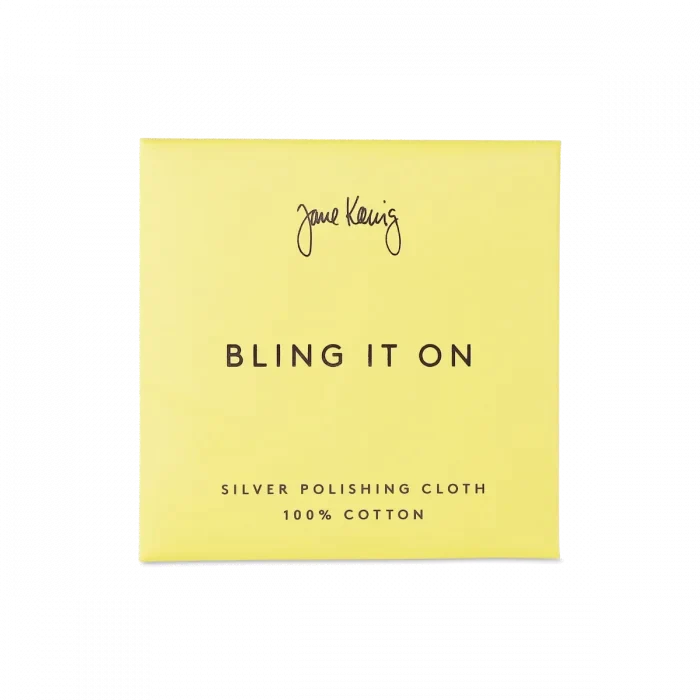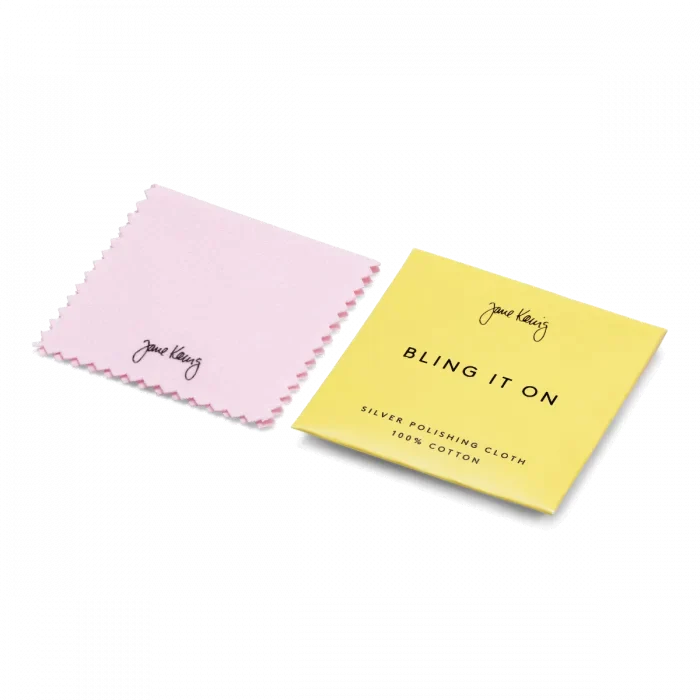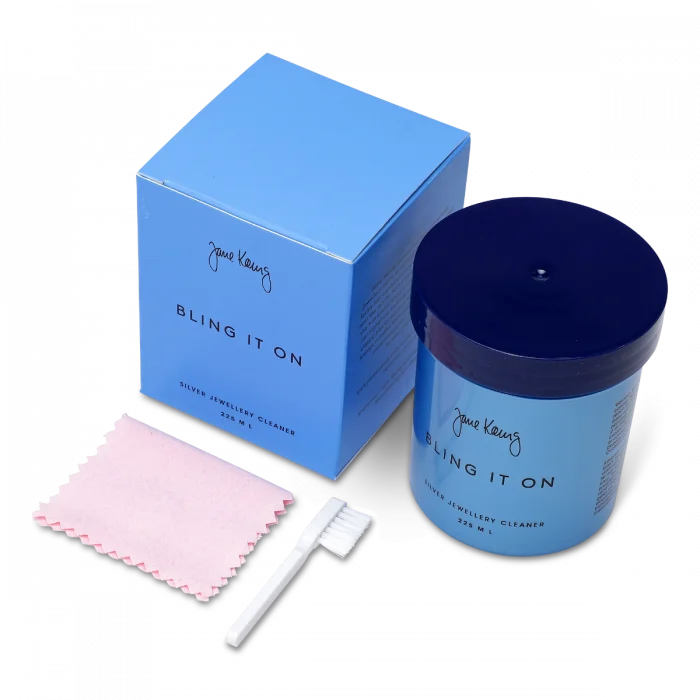
How to take care of your jewellery
care guide
Oxidation is a natural process where silver reacts with oxygen in the air and can cause black spots or rust-like discoloration on jewellery. This is not a complaint, but rather a normal maintenance issue. The discoloration can easily be removed by dipping the jewelley in liquid silver cleaner for about 5 seconds. Afterward, rinse the jewelry in water and dry or polish it with a soft cloth. It is important never to leave the jewellery in the cleaning solution for longer than recommended, as the silver can develop a dull, whitish surface.
Just like clothes that require washing with detergent, jewellery should be treated with appropriate maintenance. Therefore, we believe it is good service to offer jewellery cleaning with the purchase of jewellery.
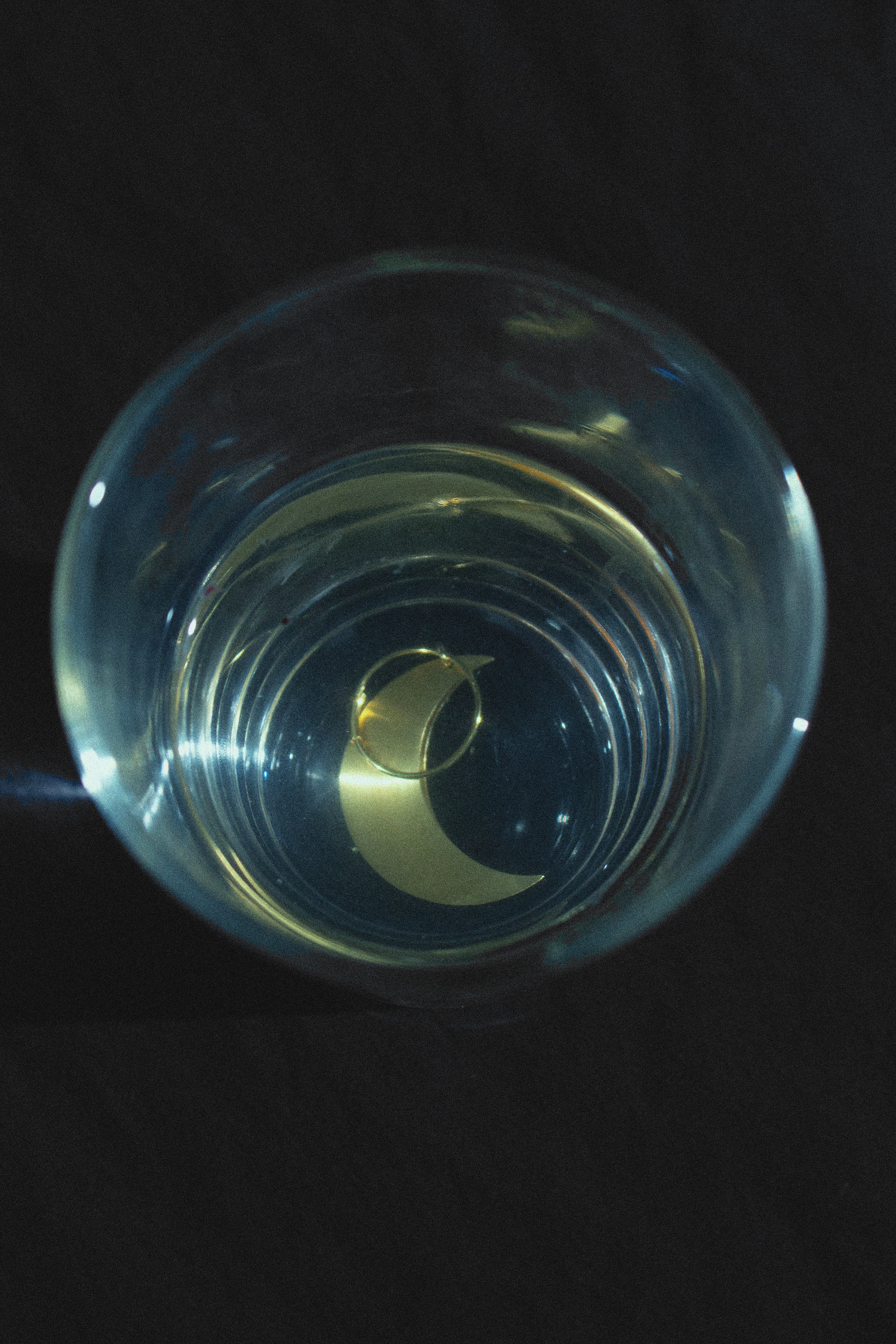
How to clean your jewellery
GOOD TO KNOW
In General
- Remove your jewellery during physical activity.
- Avoid perfume and lotions directly on your jewellery. The chemicals can corrode metals and stones. Always apply perfume and lotion before putting on jewellery.
- Store your jewelry properly. Preferably in a jewellery box with separate compartments or in small pouches, so they don’t scratch each other. When not in use, it's recommended to store your jewelry in a small airtight ziplock bag. This protects against moisture and oxygen and helps preserve the jewellery’s appearance for longer.
Specification
Oxidation is a natural process for silver jewellery. Silver reacts with oxygen in the air, which can lead to black spots or rust-like discoloration. This is completely normal and is not considered a defect, but rather regular maintenance.
Discoloration or oxidation can easily be removed by dipping the jewellery in liquid silver cleaner for about 2 minutes. Rinse thoroughly with water and dry or polish with a soft cloth.
It’s important not to leave the jewellery in the cleaning solution longer than recommended, as this may cause a dull or whitish surface.
Oxidation happens more quickly if jewellery is not stored properly. When not in use, it's recommended to store it in a small airtight ziplock bag to protect it from moisture and oxygen, helping to preserve its appearance longer.
Gold-plated jewellery can also oxidize—just like sterling silver. You can gently wipe it with a dry, soft cloth. Alternatively, you may use jewellery cleaner as with sterling silver, but leave it in the cleaning liquid for a shorter time. Otherwise, you risk wearing off the gold plating.
If you want to give your gold-plated jewellery a fresh new look and shine, we also offer re-plating services at our workshop.
Solid gold is a more durable material, but we still recommend having gold and gemstone jewellery inspected regularly. Over time, both the material and the settings can wear down and, in the worst case, break.
As with gold, it’s important to check the settings around diamonds and brilliants. Over time, they may become loose, increasing the risk of losing stones.
Jewellery with pearls should never be placed in silver cleaner, as it can damage the pearl's surface. Have the setting inspected by a jeweler regularly to ensure the pearl is securely in place.
Stainless steel doesn’t oxidize, but it can still become dull or greasy.
- Wipe with a microfiber cloth occasionally to keep it shiny.
- Ideally store in a soft pouch or jewellery box to avoid scratches from keys, coins, or other jewellery.
- Even though steel is more durable than silver or gold, it can still get small scratches—especially if rubbed against harder materials.
Avoid contact with chlorine and strong chemicals (e.g., in swimming pools or cleaning products), as they can affect the shine and any details such as colors or stones.
We recommend


